In 2025, the United States-China trade war has reached a fresh and bolder phase, with threatening tariffs, export-controls for key materials, and growing unease among international institutions. A bilateral tariff tit-for-tat that started with tariffs has become a wider clash with global supply chain and future growth implications.
Escalation of Tariffs and controls
That now became the standard. The United States, under the leadership of Donald Trump, has elevated the stakes once again. When rounds of the trade war previously stretched back to 2018, the latest round has brought back significant tariff threats and an expanded agenda. Trump recently placed rare earths, fentanyl precursor chemicals, and soybean imports at the top of his list of worries going into future trade talks.
As a result, China is using a script surprisingly similar to the U.S.—increasing export controls for minerals, insisting that foreign companies seek permission to export products with Chinese-origin rare earths, and blacklisting U.S. companies and investment
Economic Impact
The economic consequences are already visible. China’s economy grew at an annualised rate of only 4.8% in the July-September quarter of 2025, its slowest pace in a year. Analysts point to the drop in shipments to the U.S. (down 27 % year-on-year) and flag slowing domestic demand as key factors.
In agriculture, China imported for the first time in seven years, no U.S. soybeans, in September 2025, due to the presence of high tariffs and shifts in sourcing.
Energy markets also suffered: the global price of oil declined, also partly due to worries the U.S.–China trade war will slow demand or interfere with cargo deliveries.
Supply Chain and Strategic Alignment
As the globe’s two largest economies clash, companies are reviewing their supplies. China’s export restrictions for the rare earth, the element critical to electric cars, semiconductors and military defense systems, are seen by Washington officials to be among the potential causes for decoupling. U.S. Treasury Secretary Scott Bessent, at a news briefing, stated China’s move to an export-licensing system risked pushing the world to “decouple” itself from China’s supplies.
While the World Trade Organization has also warned that protracted escalation can shave 7 % or more from the global GDP over the longer period, signaling the systemic risk.
Political and Diplomatic Dimension
1Apart from economics, the trade war extended to the political domain. China has stripped a top trade negotiator—Li Chenggang—of the WTO envoy position, among signs of strains and strategic signaling.
President Trump has reaffirmed that it is not to “destroy China” but to obtain more balanced trade conditions; yet the threat and the rhetoric (such as the threat of 100 % tariff to Chinese shipments) highlight the confrontational character of the current phase.
Trump’s next scheduled encounter with Chinese President Xi Jinping at the APEC gathering is the biggest risk and optimism focus.
What’s Next
With both sides digging in, what is to come is not clear. The chief issues are whether some sort of time-out truce is possible, whether either side escalates further, and how the globe’s business responds.
China is speeding up the “China-plus-one” strategy—urging diversification of overseas production away from direct exposure to the United States—while the United States is getting more concentrated on strategic critical technology, minerals, and supply chain. One scenario is a short-term agreement that skirts near-term pain but does not unwind structural problems. The deeper risk is a tariff and controls spiral that pushes for decoupling and fragmentation of the international economy. Conclusion The trade war phase of 2025 is not simply a matter of tariffs. It is fast becoming an all-out war for tech dominance, supply-chain nationalism and strategic commodities. Although direct damage is evident now in agriculture, manufacturing and growth, its hidden effects may prove structural and lasting. For businesses, investors and politicians, the message is unmistakable: the trade war is now at a very changed, serious phase.

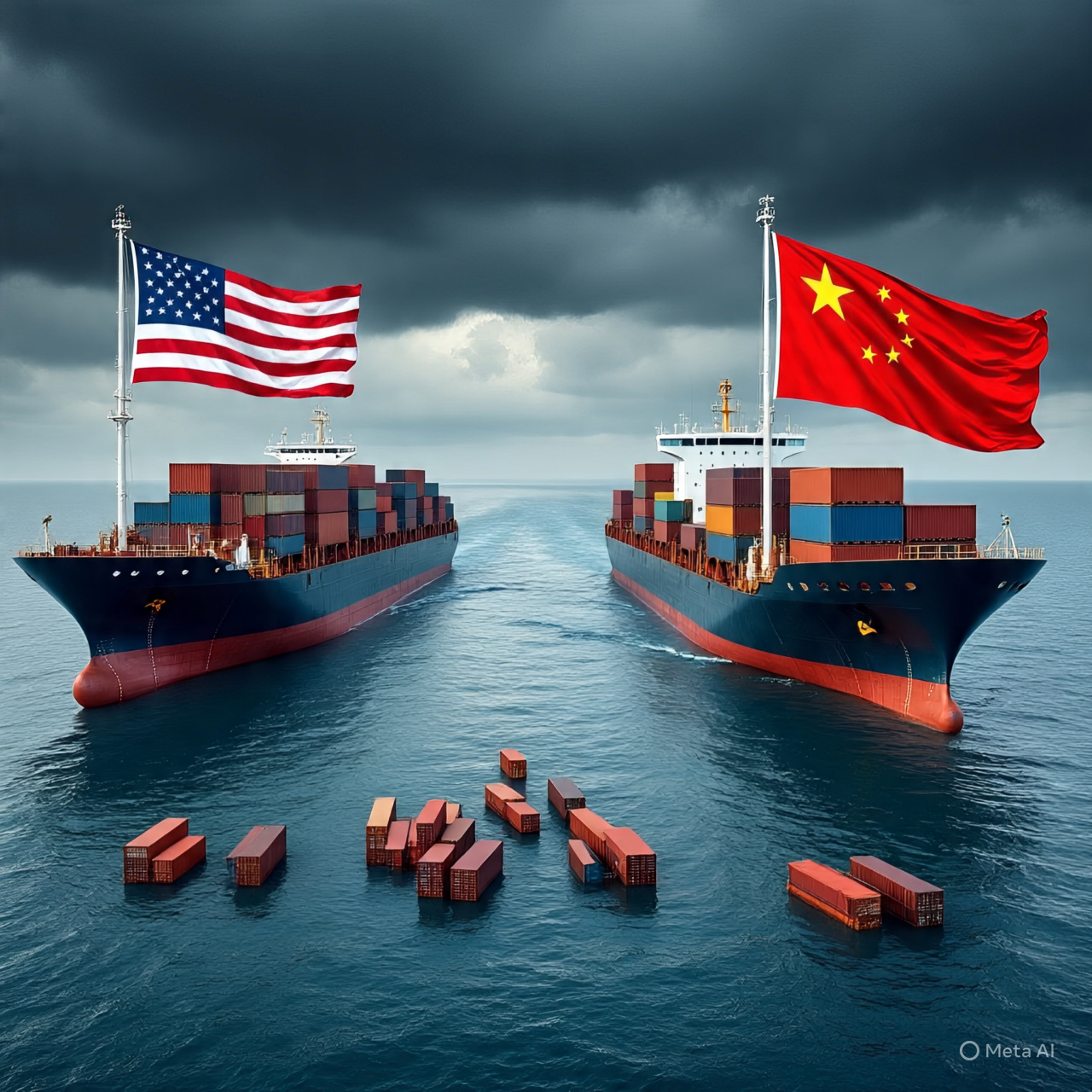

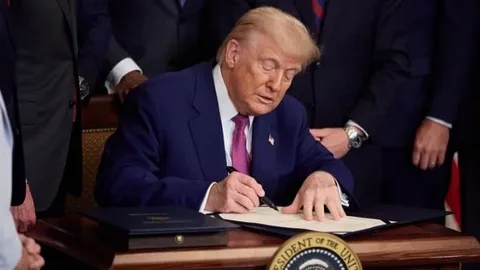
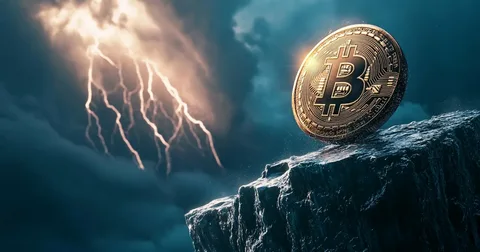

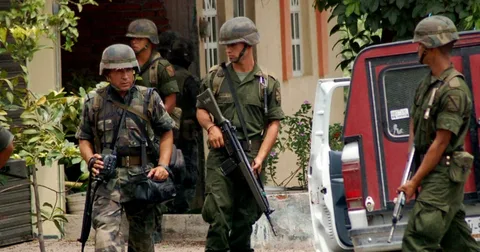
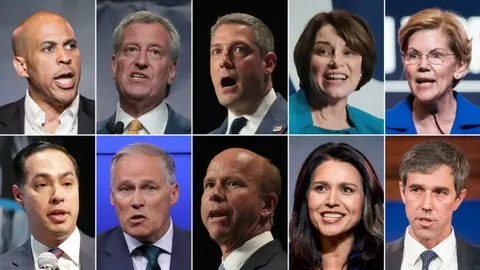

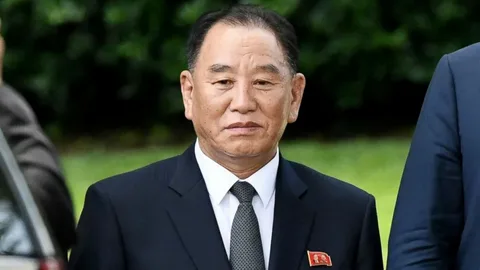

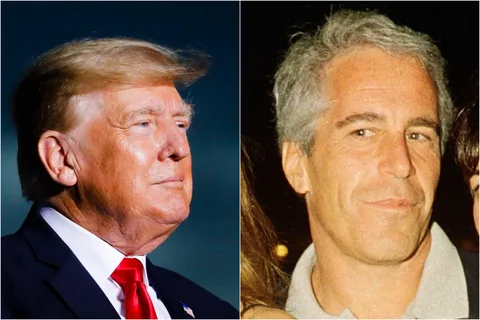
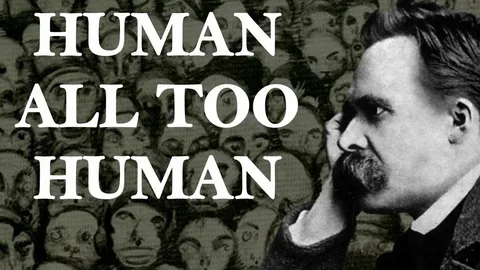
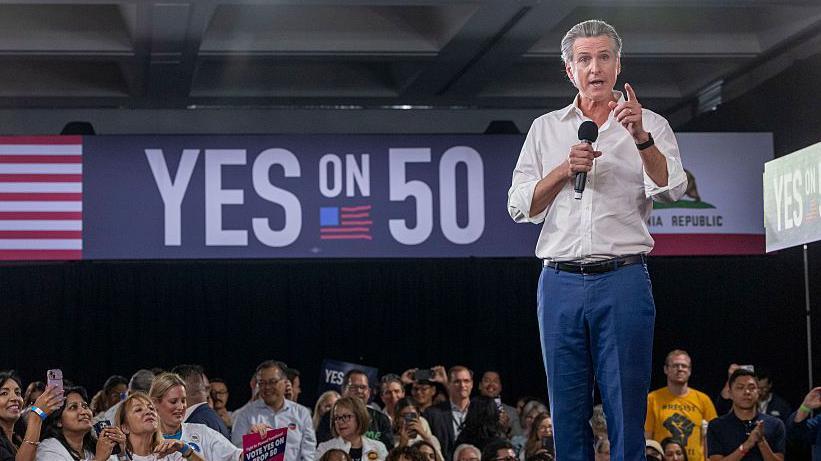
Leave a Reply